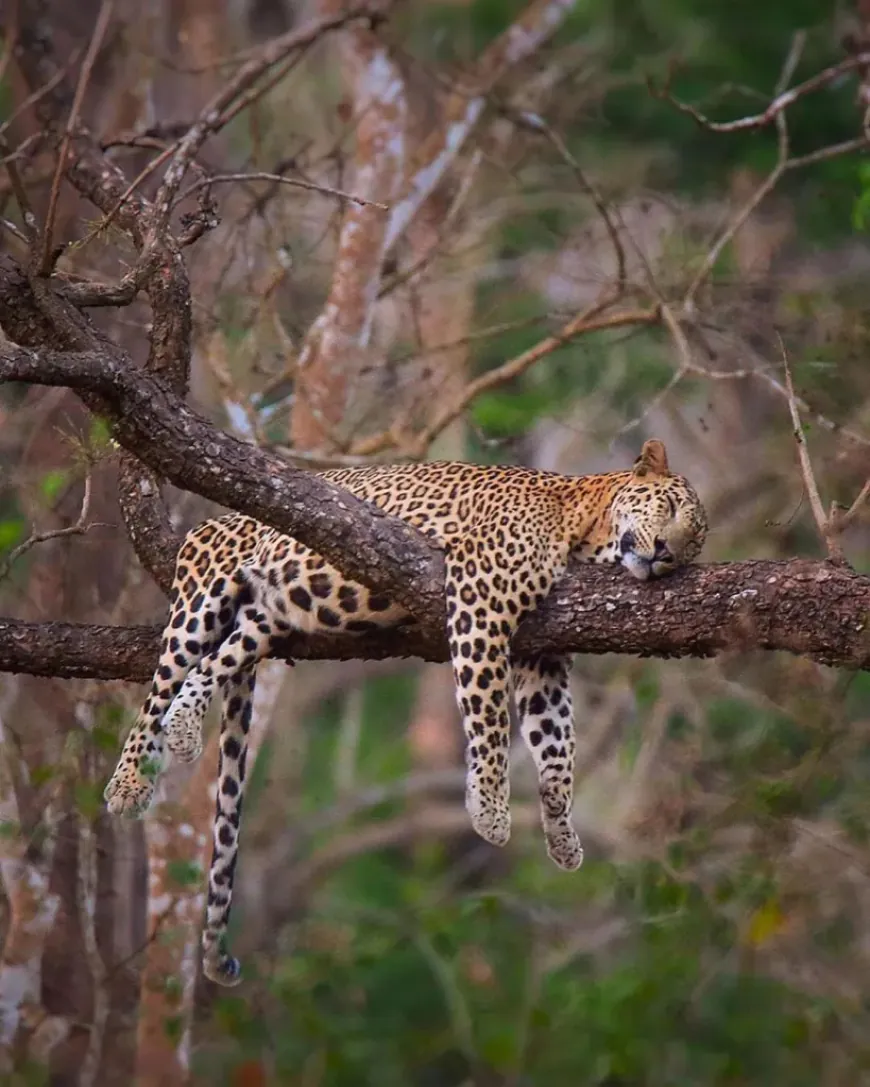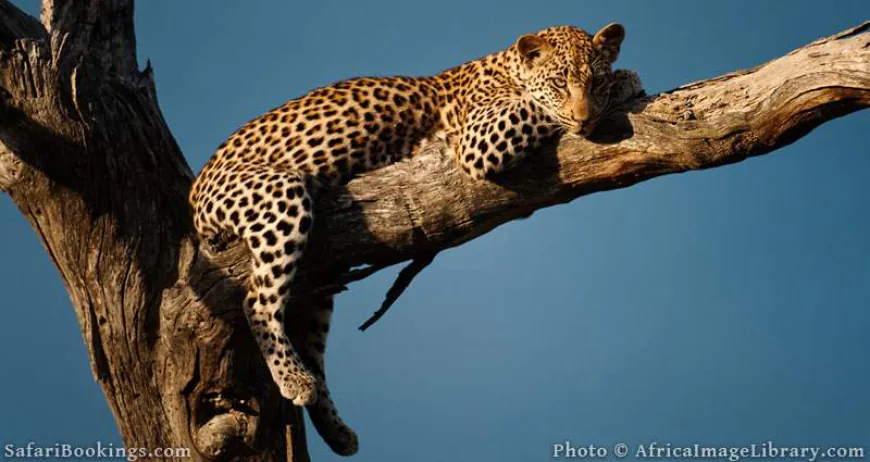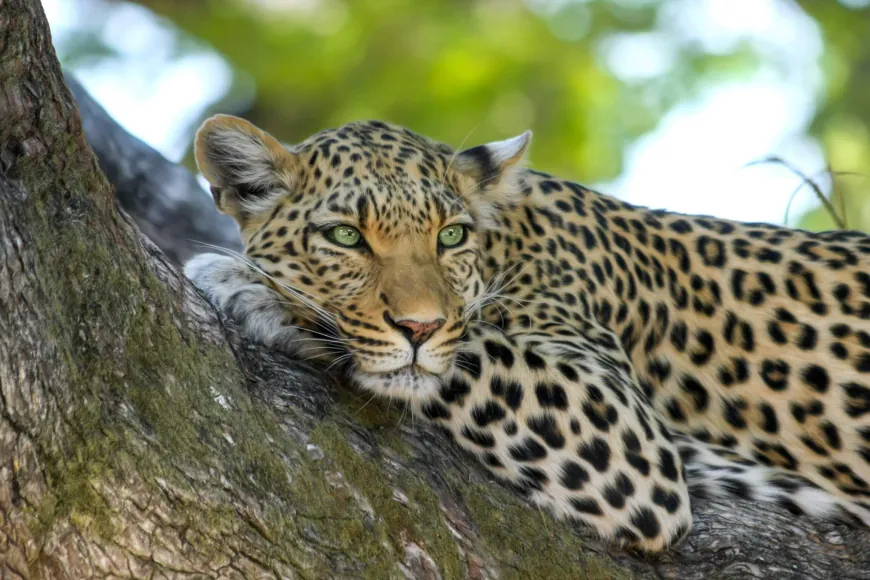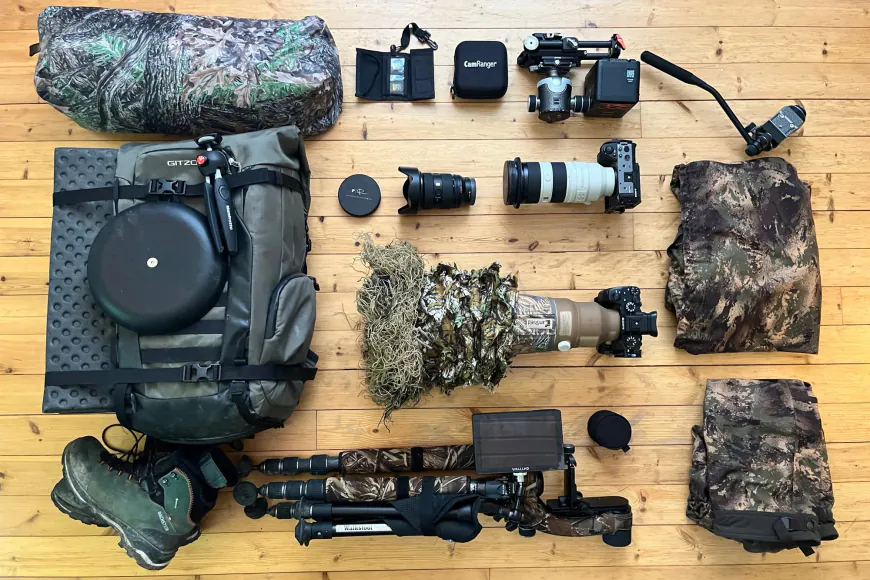Leopard Safari Sri Lanka: Understanding Behavior and Photography Tips
Explore the fascinating behavior of leopards in Sri Lanka and get expert photography tips for capturing these majestic cats on your safari adventure.

-
Leopard Safari Photography Tips

Sri Lanka's national parks, particularly Yala and Wilpattu, offer some of the world's best opportunities to observe and photograph leopards in their natural habitat. According to wildlife experts, the high density of leopards in these areas, combined with their relatively relaxed behavior around vehicles, provides photographers with unique chances to capture stunning images of these elusive big cats.
-
Leopard Behavior and Habitat

Yala National Park provides an ideal habitat for Sri Lankan leopards, offering a diverse ecosystem that supports their territorial and hunting behaviors. Understanding these aspects of leopard ecology can enhance the safari experience and contribute to conservation efforts.
Aspect Description Habitat Moist and dry monsoon forests, thorn forests, grasslands, marshes, sandy beaches Territory Size Approximately 1 leopard per square kilometer in Block I Hunting Strategies Ambush predator, stalks and pounces on prey Active Periods Early morning and dusk Yala National Park encompasses a variety of ecosystems that provide suitable habitats for leopards. These include moist and dry monsoon forests, thorn forests, grasslands, and even coastal areas. This diversity of habitats offers leopards ample cover for hunting and resting, as well as a rich prey base.
Leopards are territorial animals, and in Yala National Park, they establish and defend their territories with remarkable efficiency. Block I of Yala is known to have one of the highest leopard densities in the world, with approximately one leopard per square kilometer. This high density suggests that the park provides an abundance of resources, allowing leopards to maintain smaller territories than in other areas.
Male leopards typically have larger territories that may overlap with those of several females. They mark their territories using scent marking, scratch marks on trees, and vocalizations. These territorial behaviors help maintain the social structure of the leopard population and reduce direct conflicts between individuals.
As for hunting patterns, leopards are primarily nocturnal and crepuscular hunters, meaning they are most active during the early morning and dusk hours. This behavior aligns with the activity patterns of their prey species and helps them avoid the heat of the day. Leopards are ambush predators, relying on stealth and surprise to catch their prey. They often stalk their targets before making a quick, powerful pounce.
In Yala, leopards prey on a variety of animals, including spotted deer, wild boar, and smaller mammals. Their ability to adapt their hunting strategies to different prey and environments contributes to their success in the diverse habitats of Yala National Park.
Understanding these behavioral patterns can greatly enhance the safari experience. Visitors are more likely to spot leopards during their active periods in the early morning and late afternoon. Additionally, knowledge of their preferred habitats and territorial behaviors can help guides predict where leopards might be found, increasing the chances of successful sightings.
It's important to note that while Yala offers excellent opportunities for leopard viewing, responsible tourism practices are crucial. Overcrowding and irresponsible behavior can disrupt leopard behavior and habitat, potentially leading to changes in their natural patterns. Visitors should always follow park guidelines and respect the animals' space to ensure the long-term conservation of these magnificent creatures.
-
Wildlife Photography Essentials

When photographing leopards on safari, having the right gear and techniques can make a significant difference in capturing stunning images. Here's a breakdown of recommended equipment and tips for leopard photography:
Equipment Type Recommendations Camera Body Full-frame or APS-C DSLR/Mirrorless (e.g. Canon EOS R5, Nikon Z9, Sony A1) Primary Lens Telephoto zoom 100-400mm or 200-600mm Secondary Lens Wide-angle 16-35mm or 24-70mm for environmental shots Accessories Sturdy tripod, monopod, or beanbag for stability Circular polarizing filter to reduce glare Extra batteries and memory cards For leopard photography, a camera with fast autofocus and good low-light performance is crucial. Full-frame cameras like the Canon EOS R5, Nikon Z9, or Sony A1 offer excellent image quality and autofocus capabilities. However, APS-C cameras can also be effective due to their crop factor, which effectively extends the reach of telephoto lenses.
A telephoto zoom lens in the 100-400mm or 200-600mm range is ideal for capturing leopards at various distances. These lenses offer flexibility while maintaining image quality. For wider shots that include the leopard's environment, a 16-35mm or 24-70mm lens can be useful.
To ensure sharp images, use a sturdy tripod or monopod, especially in low light conditions. If shooting from a vehicle, a beanbag can provide stable support. A circular polarizing filter can help reduce glare and enhance colors, particularly useful when photographing leopards near water.
For clear shots, use a fast shutter speed (at least 1/500s) to freeze motion. Increase your ISO if necessary to maintain a fast shutter speed in low light. Aim to photograph leopards during the golden hours of early morning or late afternoon for the best natural light.
When composing your shots, focus on the leopard's eyes and try to capture its behavior or interaction with the environment. Be patient and ready—leopards can be unpredictable, so always have your camera settings prepared for quick shots.
Remember to respect the animal's space and follow park guidelines. Ethical wildlife photography ensures the well-being of the animals and preserves their natural behavior.
What's Your Reaction?








































